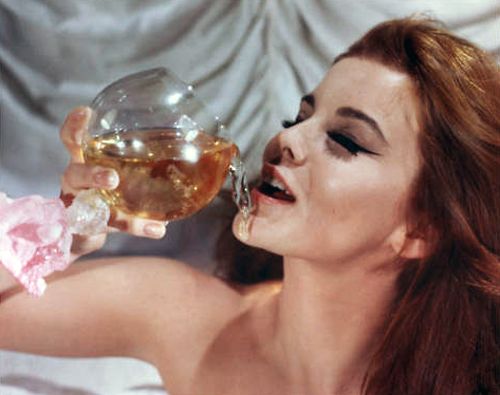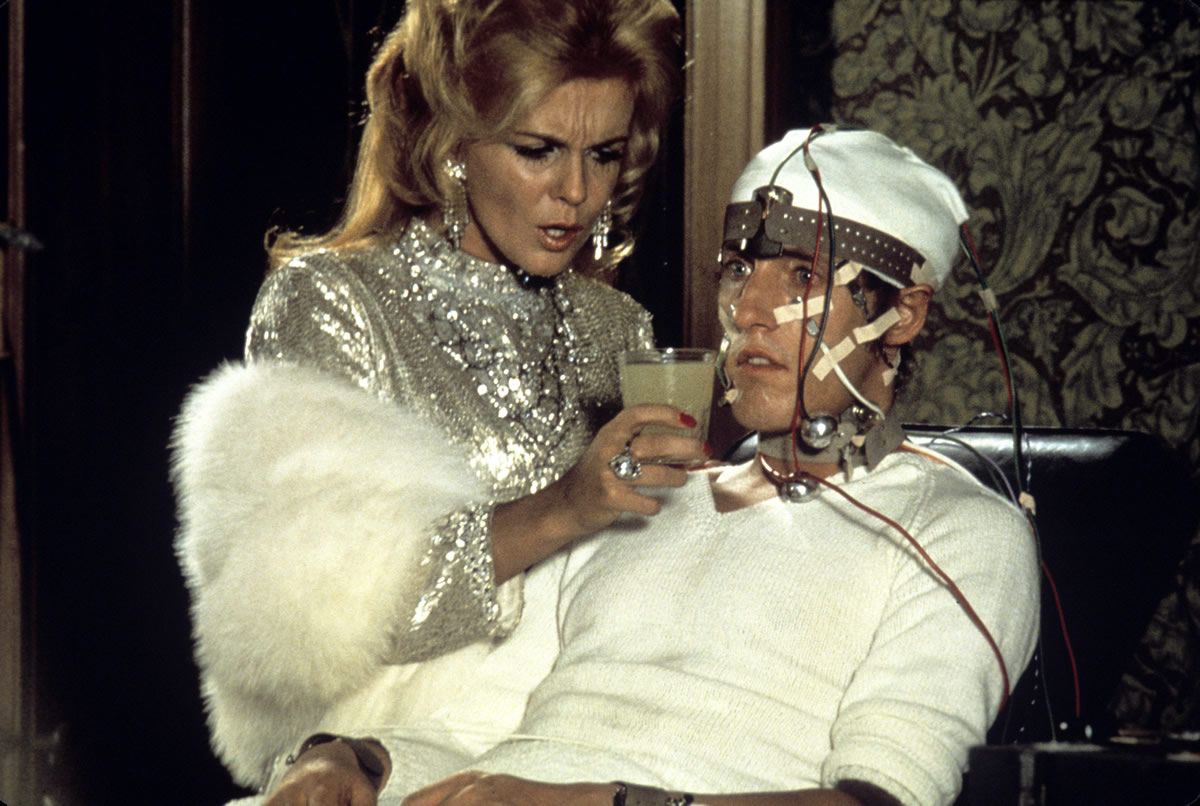California’s Original Craft Spirit Isn’t Vodka or Gin. It’s Brandy.
And it’s coming back.
Written by Camper English
Thirty-five years ago, there wasn’t any American craft spirits movement to speak of—just a handful of distillers using California fruit to make brandy, of all things: In 1982, Ansley Coale and Hubert Germain-Robin launched Germain-Robin and began distilling and aging grape brandy in Mendocino County. That same year, Jörg Rupf founded St. George Spirits in Emeryville to make eau-de-vie (which is unaged fruit brandy). Charbay founder Miles Karakasevic began making grape brandy in Ukiah the next year.
These spirits makers were immigrants from European countries where brandy was the after-dinner digestif of choice, so they decided to transform California’s bountiful produce into something a bit…stronger. American drinkers, however, didn’t quite know what to do with the stuff. Though they may have had a passing familiarity with aged brandies like cognac, they didn’t have a tradition of drinking them as digestifs, and they didn’t drink much unaged brandy at all. By and large, they still don’t. So despite their brandy-centric origins, many of the pioneers who kicked off America’s microdistilling boom mostly stayed in business all this time selling other products—flavored vodkas, for instance, and gin and whiskey.
The future, however, is looking super fruity. American craft spirits producers, especially distillers in California, are launching a multifront brandy blitz. Last summer, E. & J. Gallo, the Modesto-based wine and spirits powerhouse, launched its new Argonaut brandy line, a bartender-friendly brand festooned with gold rush imagery, as a higher-end alternative to its value-priced E&J brandy line. Gallo then purchased the Germain-Robin brand and its 30-plus-year inventory of aging brandy. “The barrel room of Germain-Robin is like a library of the last 30 years of California wine history,” says Maggie Campbell, a former assistant distiller at Germain-Robin who is now the head distiller for Privateer Rum. The breadth and depth of that inventory means that Gallo can market standardized, ongoing Germain-Robin offerings as well as special releases from the storied cellar.
Gallo’s executives aren’t the only ones hoping for a bigger future for American brandy. Within the last few years, distillers such as Louisville’s Copper & Kings, Chicago’s Rhine Hall, and Southern California’s Ventura Spirits have also made pushes into the category, making not just grape brandy but also apple, strawberry, prickly pear, and mango versions. Closer to home, companies like Oakland’s Wright & Brown Distilling Co. are aging stocks of grape brandy in barrels until the spirit—and the market for it—is more mature. Fresno’s Marian Farms, Belmont’s Old World Spirits, and Greenway Distillers of Redwood Valley are distilling brandy in part to use as a base spirit for liqueurs. Other companies, such as Oakland Spirits Co., purchase high-proof grape spirits—brandy distilled until it’s almost pure alcohol, basically—from other distilleries to redistill into gin onsite.
Osocalis, an ambitious and thoroughly eccentric California brandy producer based near Santa Cruz, has been quietly making and aging fantastic apple and grape brandies since the 1990s without seeming to be in any rush to actually sell them. Founder Daniel Farber just installed a new set of armagnac stills, which could produce a lot more brandy each season. He now grows all of the fruit he distills himself—he’s probably the only craft brandy maker in the United States to do so—and the company recently planted more than 55 new-to-the-U.S. apple tree varieties that should start producing distillable fruit in about seven years. Is the recent expansion a play to get ahead of the expected California brandy renaissance? It’s more like the trend just caught up to him, Farber says: “I’ve been preparing for the brandy boom for 30 years.”
Of course, all that brandy will just sit around in bottles if people don’t drink it. Gallo’s vice president of marketing, Rob Ruijssenaars, concedes that currently “there is little consumer awareness and demand” for premium California brandy, but he says that interest within the bar and spirits industry has been tremendous. So the task of convincing the masses to buy into brandy will fall on the cocktail world’s most important influencers: the bartenders. Mezcal was in a similar position only a few years ago, and now producers can’t make enough of the stuff. Who’s to say California brandy won’t be the next big thing?
Originally published in the April issue of San Francisco





